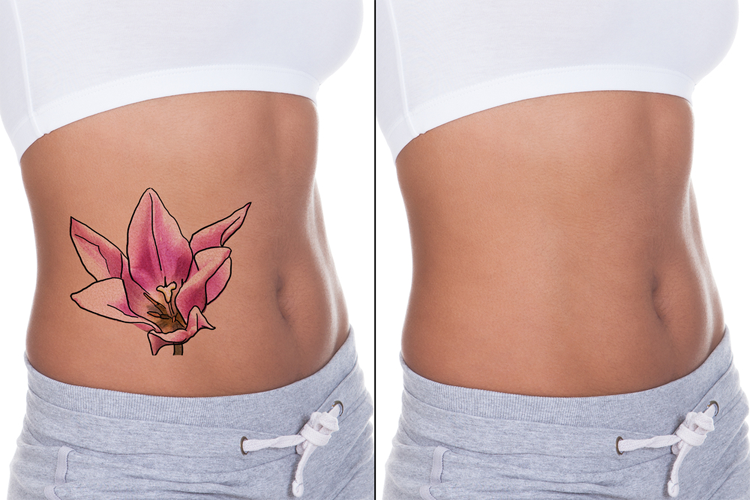
Understanding The Laser Tattoo Removal Process
In the past, getting a tattoo was permanent, but today, thanks to new laser tattoo removal technology, tattoos are removable. If you would like to know how it works, read on.
Understanding The Basics Of A Tattoo
The inks currently used for tattoos are generally made of heavy metal compounds that often contain metals like copper, lead, manganese, and some of the red inks contain mercury as well. What makes the ink last permanently, is the metals it contains. However, some people have had an allergic reaction to a few of these inks as they caused eczema and even scarring.
As soon as the needle punctures the skin and transmits the ink deep inside your body, it triggers an alarm and your immune system goes right to work to fight off what it recognizes as foreign intruders by dispatching swarms of white blood cells to attack them. The white cells escort the small ink elements to the liver, to be processed and excreted. However, large portions of the ink particles are much bigger than the white blood cells making it impossible to carry off. Therefore, some of the new tattoos tend to fade over time but won’t naturally disappear.
Interested In Having Your Tattoo Removed?
Check Out Our Pricing and Schedule Your First Appointment Today
Will My Tattoo Eventually Fade Away?
While they are much too large for the white blood cells to grasp and completely remove from the skin, even over time, the white cells don’t give up that easy and will continue to devour the ink particles little by little. In fact, one tattoo removal expert who is also a plastic surgeon compared these actions to a person taking bites of an elephant. This is the reason why tattoos are permanent and the only way to erase them is by using lasers to break the ink particles up into pieces. These lasers used to remove tattoos are called Q-switch or ultra-short pulse lasers. They are extremely fast, very hot, and operate at a frequency that is very narrow. A PicoLaser works on a scale of a trillionth of a second or in picoseconds. The speed and heat used are crucial to break the ink particles apart.
How Does Laser Tattoo Removal Work?
First, the laser removal tool will heat the ink particle up so that it will expand due to thermal energy. However, the only way to keep half of the ink particle cool is to zap it extremely fast. The opposing forces of hot and cold will then rip the particle apart. This process also used for laser hair removal, is called photothermolysis. After the lasers have done their job, the ink particles will be in bite-sized chunks and the white blood cells can continue carrying them off to the liver.
This process may sound like an easy task, but the truth is, it can take a few rounds of treatments to complete and may leave slight scarring. Darker pigments are much easier to eliminate than the lighter ones contained in reflective inks, which are not as responsive to lasers and the process is more painful than it is by getting a tattoo. Because the ink particles are heated to thousands of degrees by the laser so rapidly and directly specifically to the ink, the tissue doesn’t get burned, but the energy will collapse into a Shockwave that vibrates and lifts the upper skin layer causing it to appear frosted or white. This effect only lasts for a few seconds but is very painful.
Interested In Learning More About Laser Tattoo Removal?
Calista Laser offers DFW Tattoo Removal. Our professional team puts customer safety and comfort first. Our philosophy is to offer the best laser technology resulting in the most effective tattoo removal at the lowest prices in Texas. Learn more about Laser Tattoo Removal Services.
Schedule a consultation
Please fill out the form below or call us at
817-221-0224
By submitting this form you agree to be contacted via phone, text, and/or email.
Schedule a consultation
Please fill out the form below or call us at
817-221-0224
By submitting this form you agree to be contacted via phone, text, and/or email.
